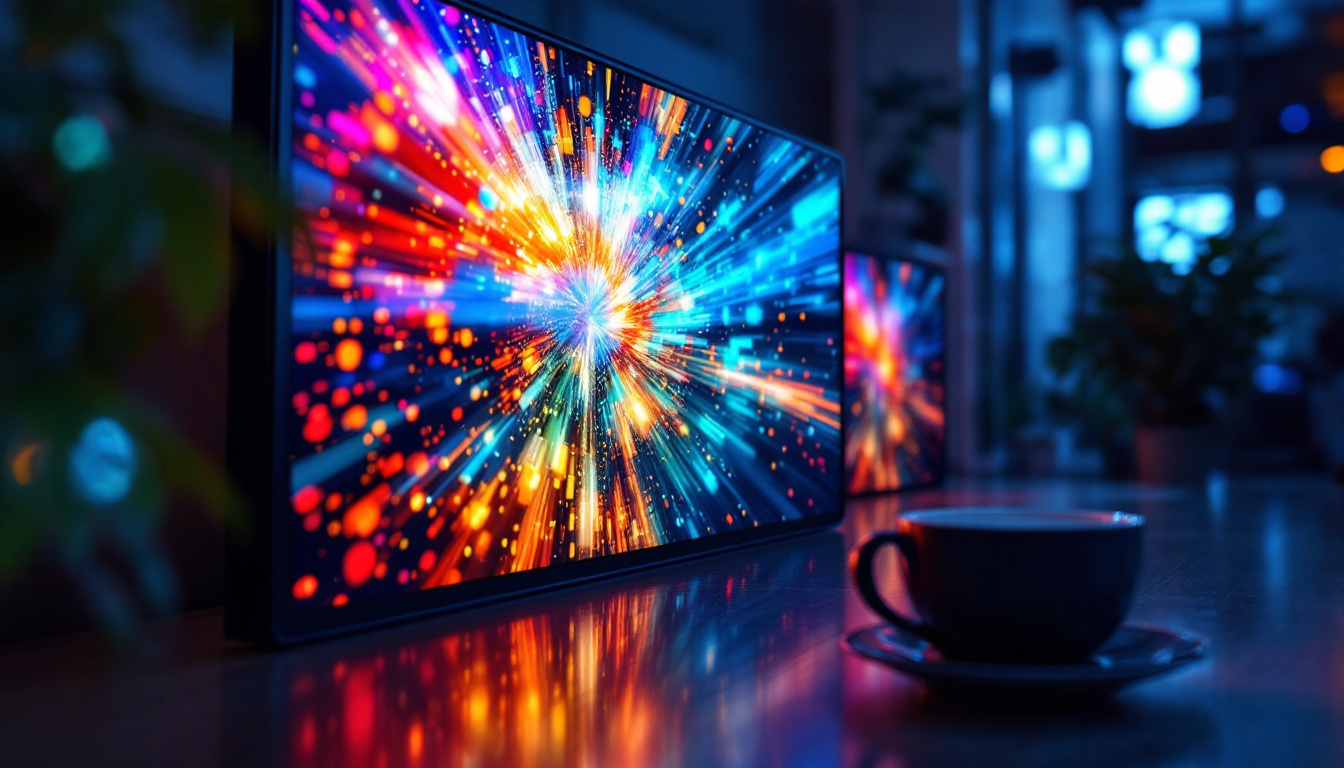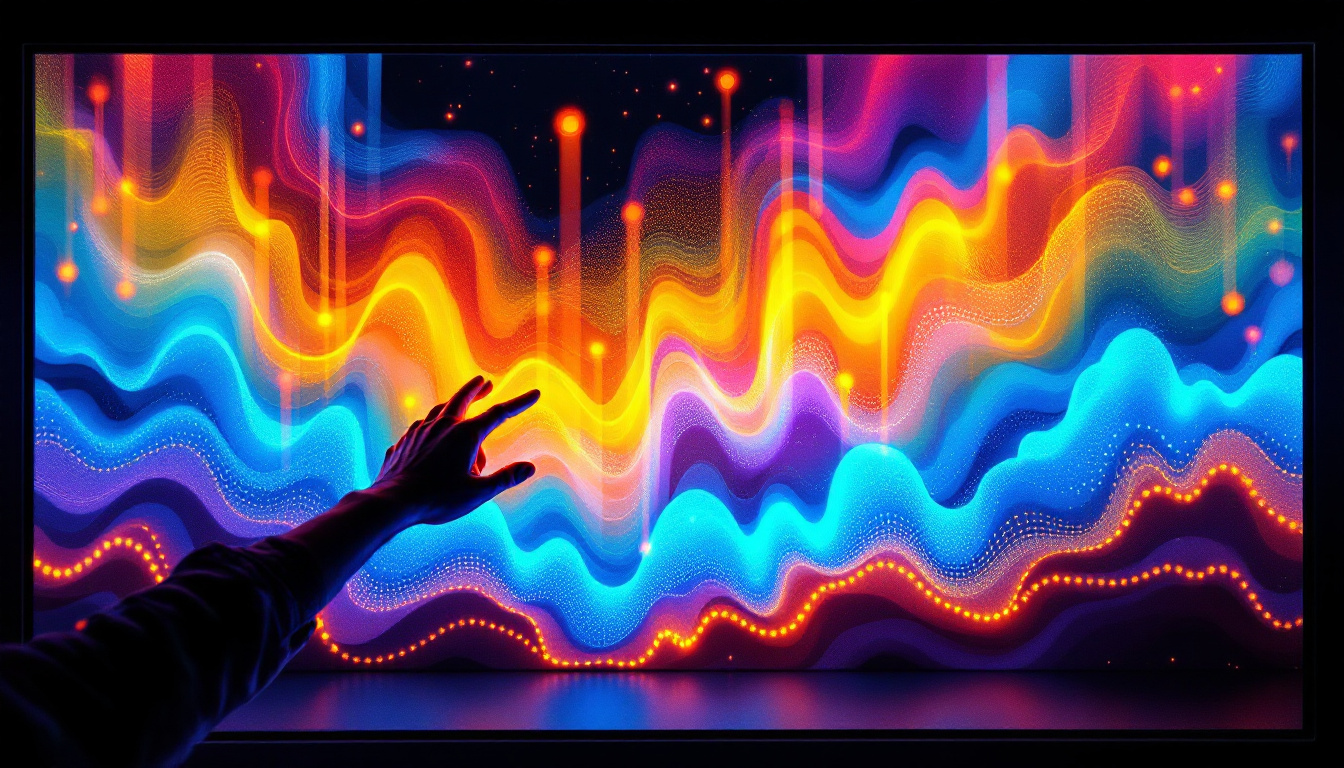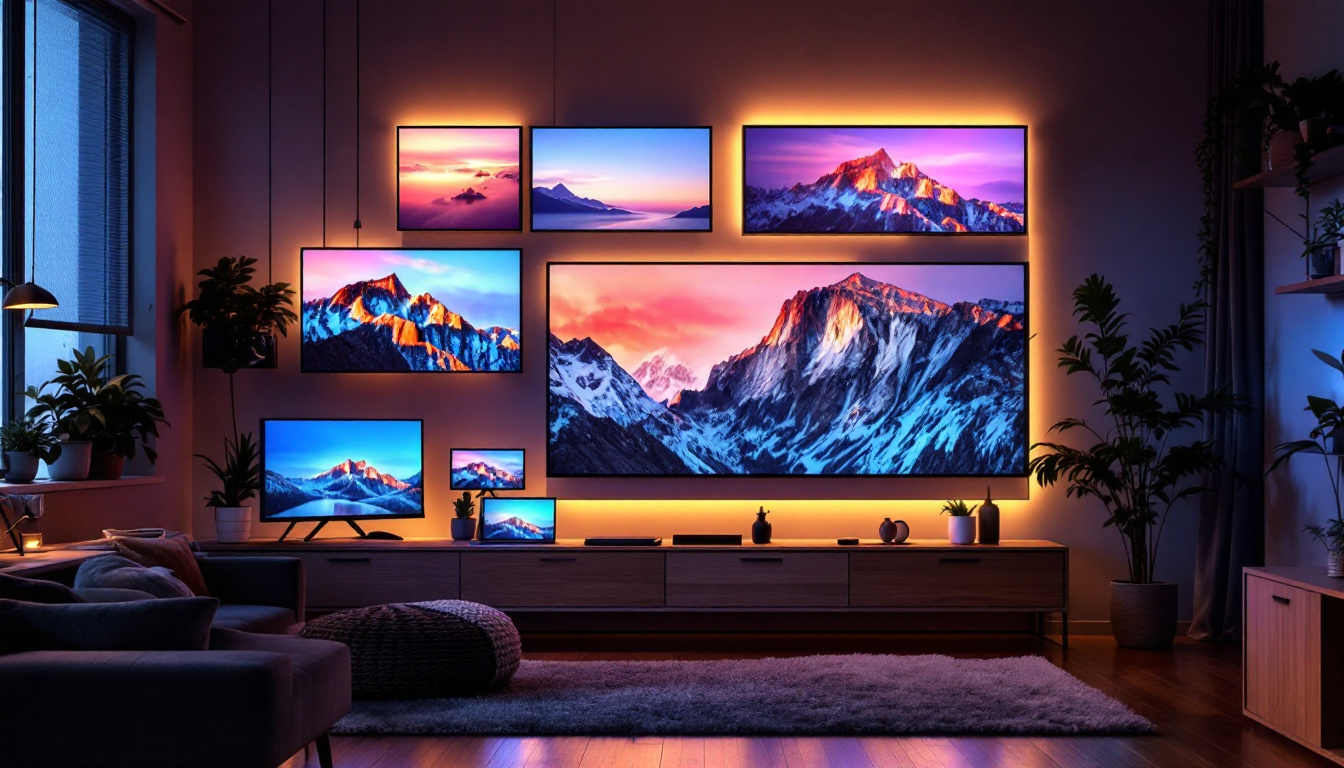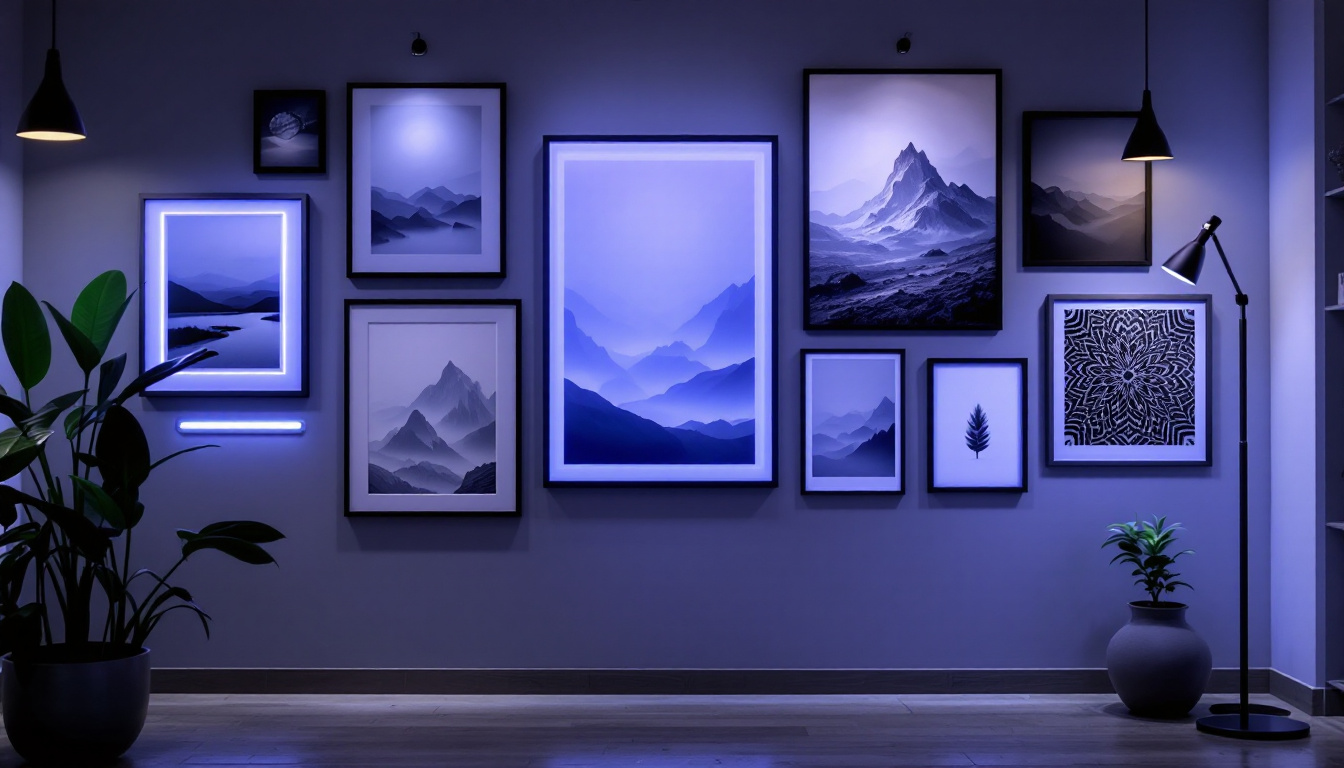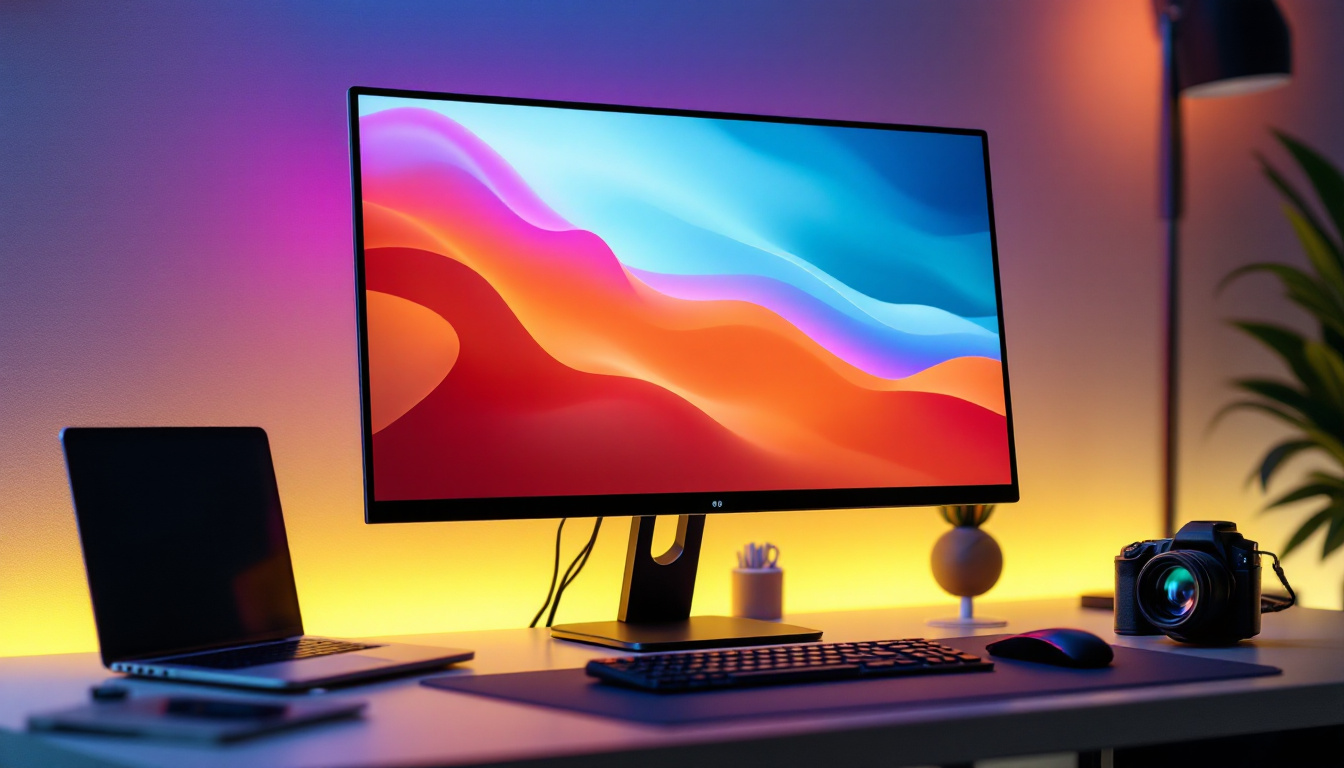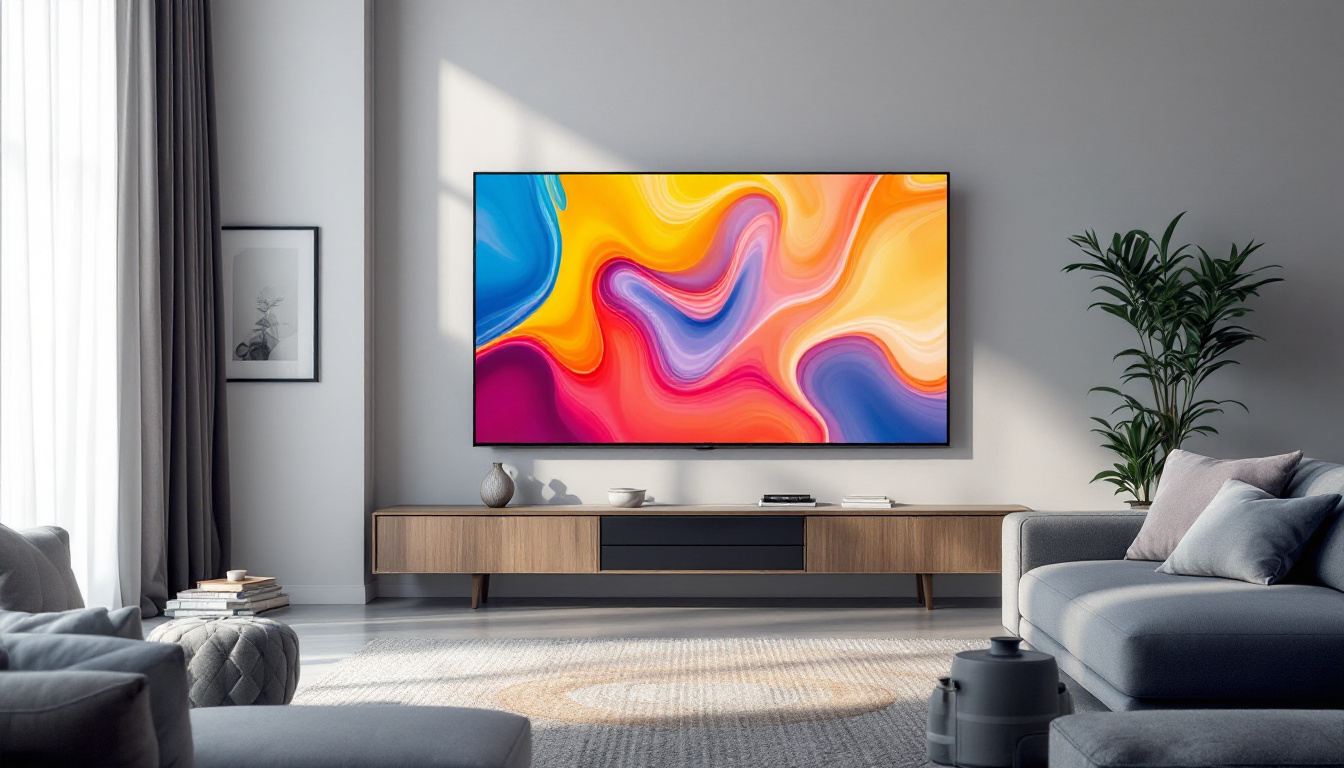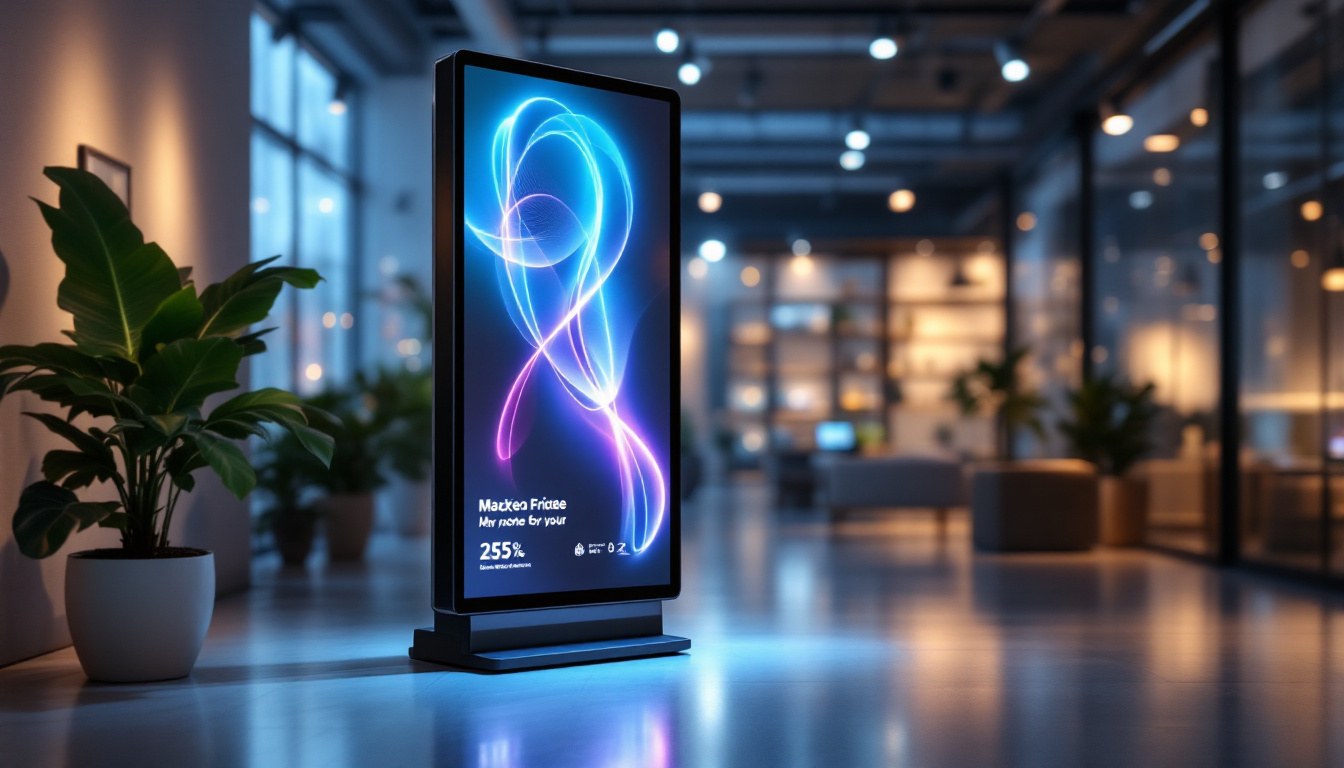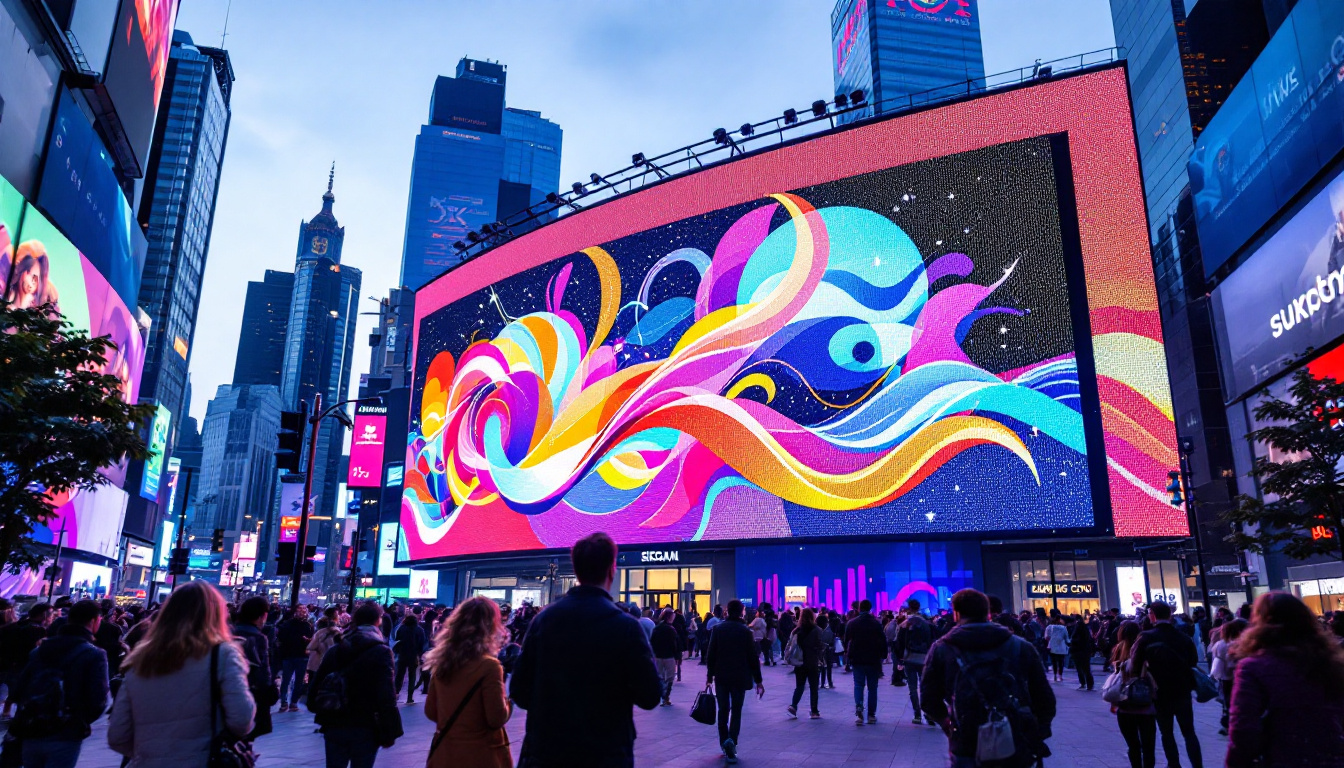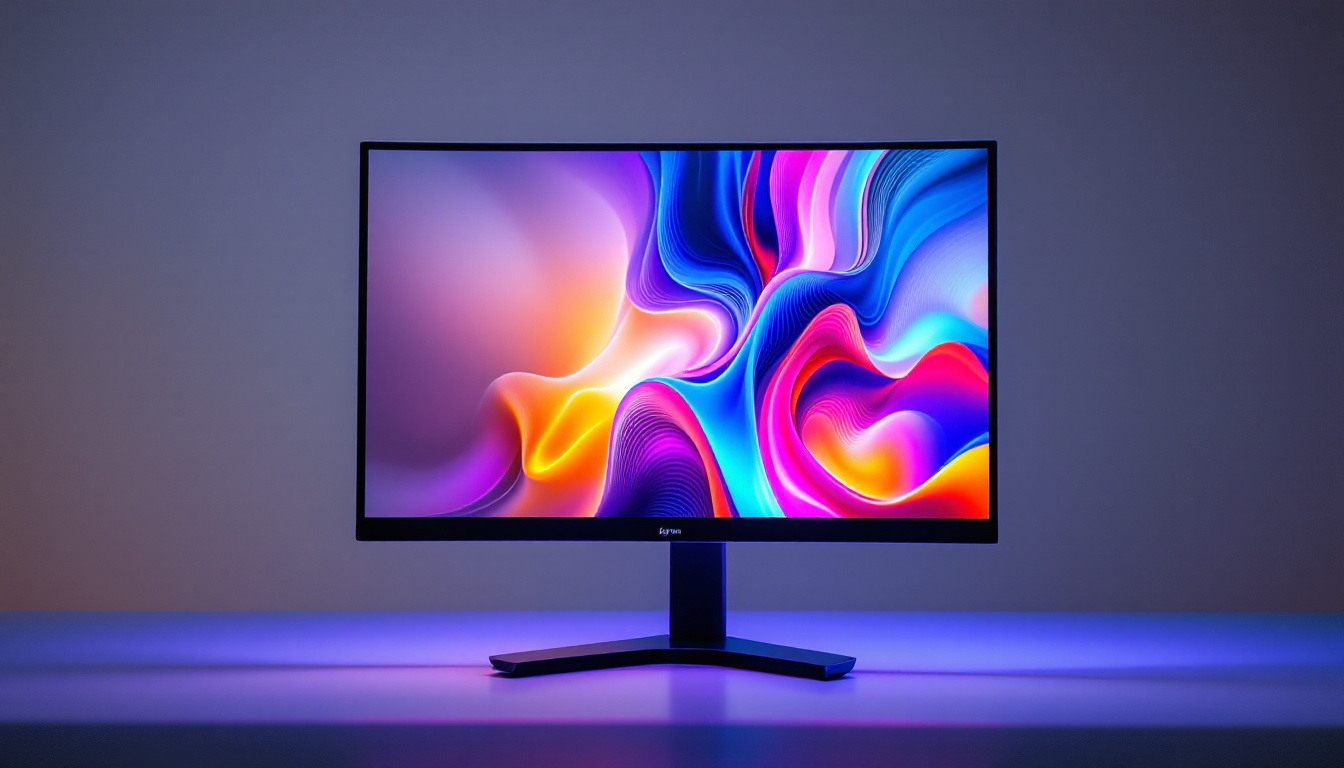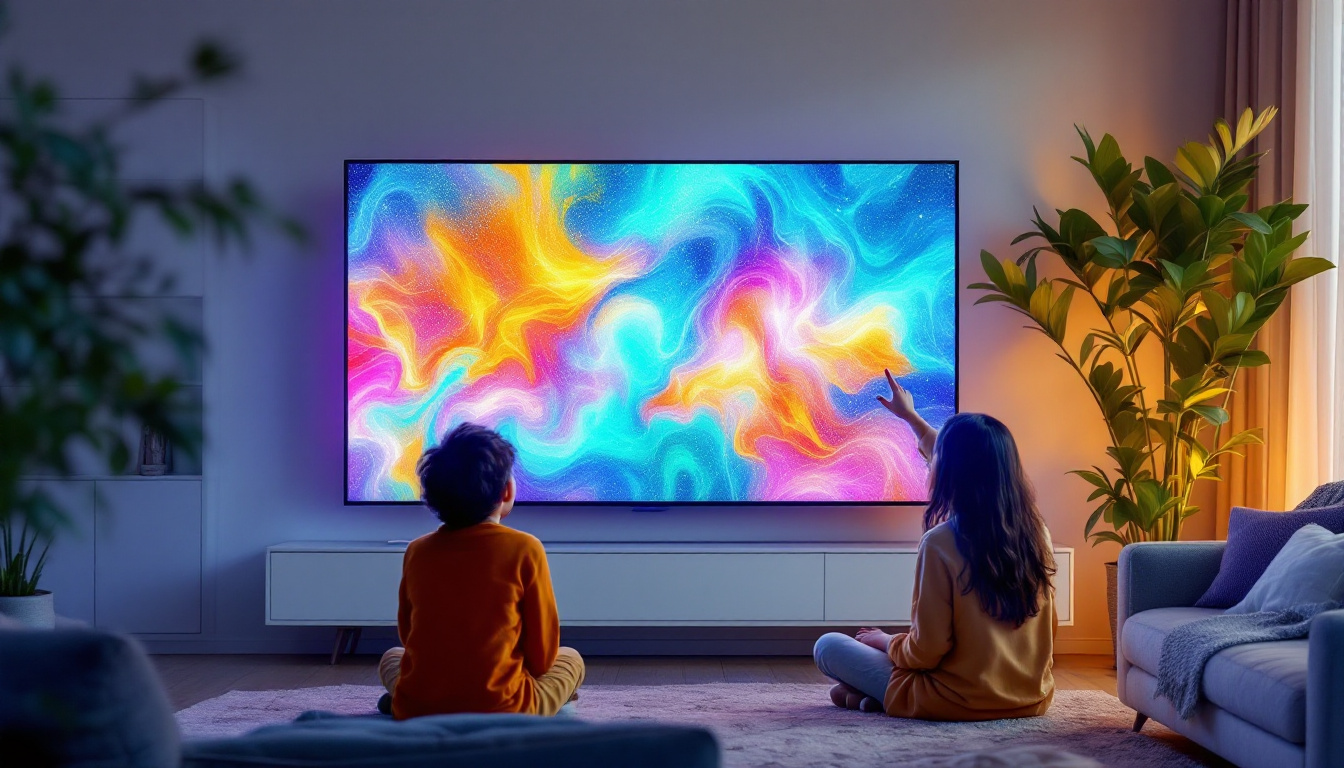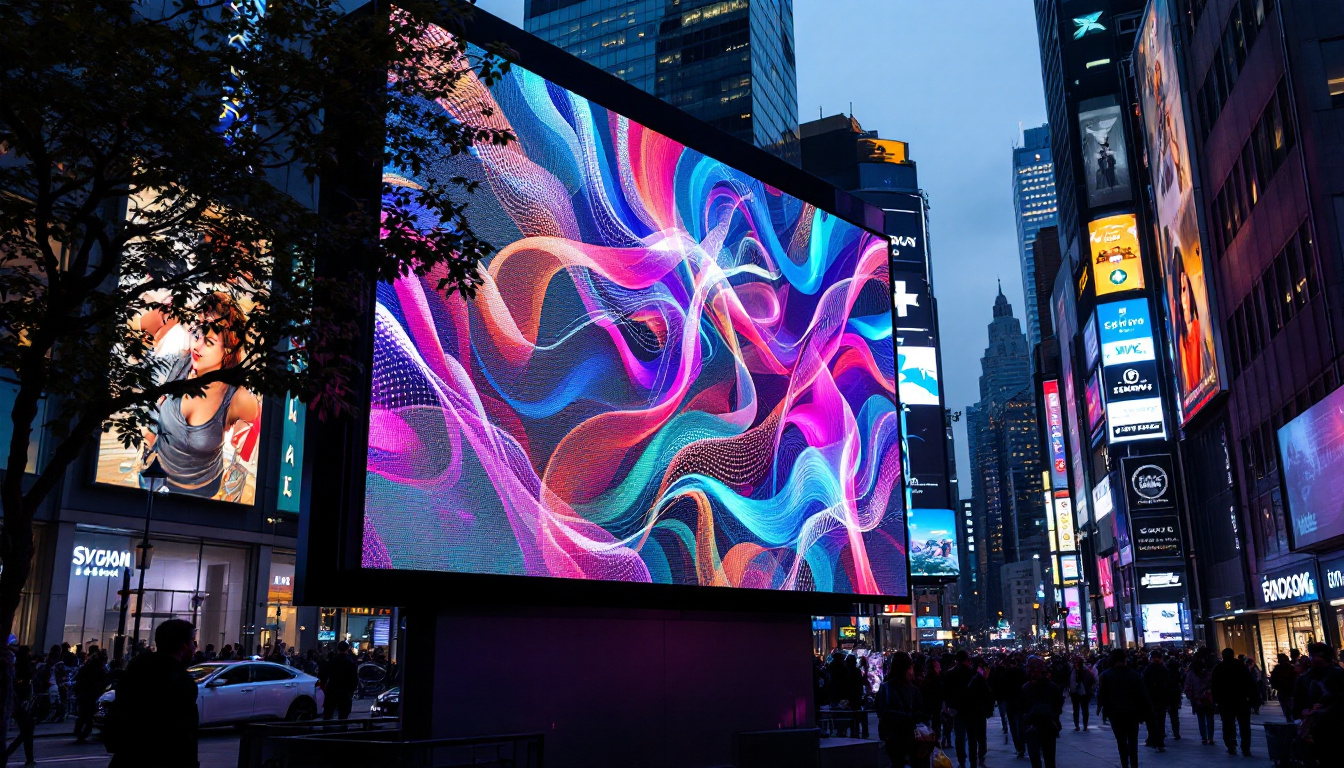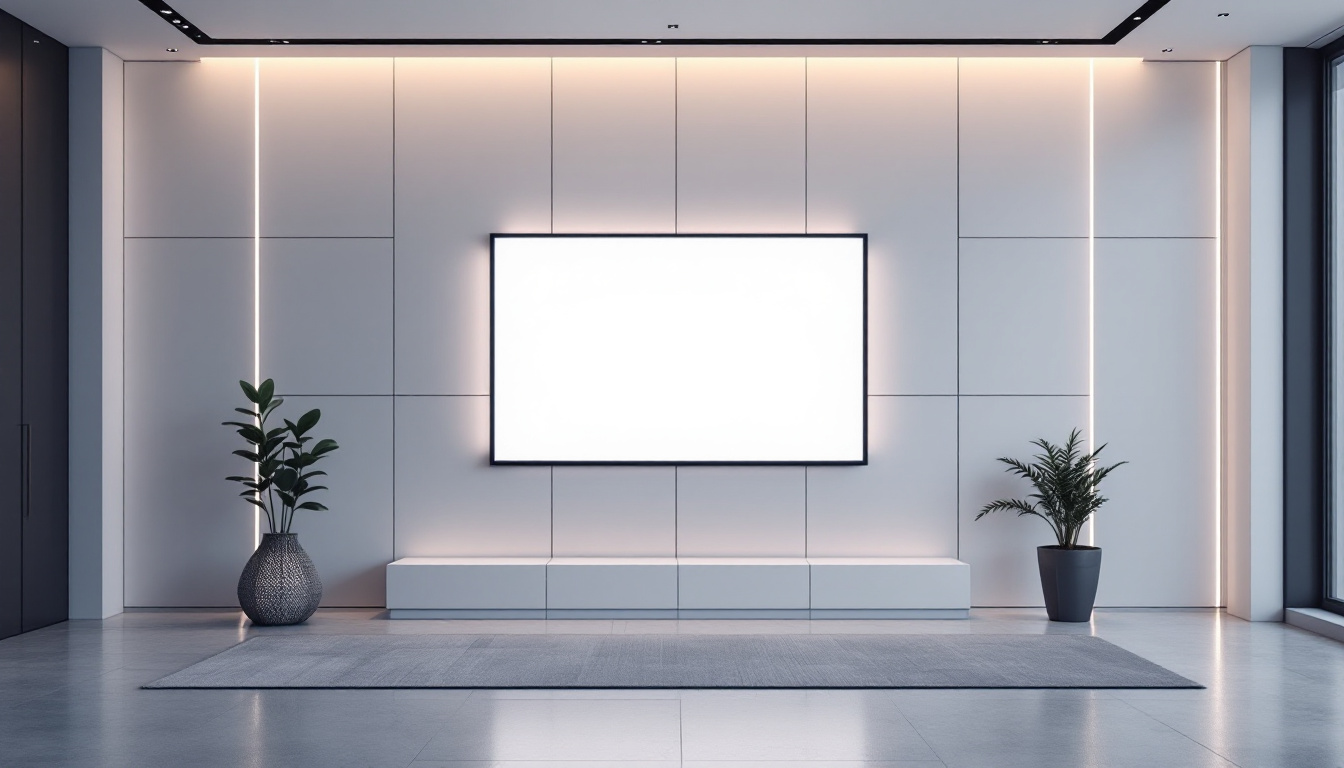16:9 Screen Dimensions: LED Display Explained
The 16:9 aspect ratio has become the standard for modern displays, from televisions to computer monitors and smartphones. This format is particularly favored for its ability to accommodate high-definition content, making it a popular choice for both consumers and manufacturers. Understanding the significance of 16:9 screen dimensions is essential for anyone looking to purchase a new display or optimize their viewing experience.
Understanding Aspect Ratios
Aspect ratio refers to the proportional relationship between the width and height of a display screen. The 16:9 aspect ratio means that for every 16 units of width, there are 9 units of height. This ratio is not only visually appealing but also practical for various applications, including gaming, streaming, and professional presentations.
The Evolution of Aspect Ratios
Historically, television screens featured a 4:3 aspect ratio, which was adequate for the content of that era. However, as technology advanced, so did the need for wider screens. The introduction of high-definition television (HDTV) in the early 2000s marked a significant shift towards wider aspect ratios, leading to the widespread adoption of 16:9.
The transition to 16:9 was driven by the increasing popularity of cinematic films, which are typically shot in wider formats. This change allowed viewers to experience films as intended, with minimal letterboxing or cropping. As a result, the 16:9 aspect ratio has become synonymous with high-quality visual experiences. Additionally, the rise of digital media and the internet has further accelerated this shift, as content creators sought to deliver a more engaging and immersive viewing experience that aligns with modern consumer expectations.
Why 16:9 is the Preferred Choice
One of the primary reasons for the preference of the 16:9 aspect ratio is its versatility. It is well-suited for a variety of content types, including movies, TV shows, and video games. This aspect ratio provides a balanced viewing experience, allowing for immersive storytelling without sacrificing important visual elements.
Moreover, as streaming services continue to proliferate, the demand for 16:9 content has surged. Major platforms like Netflix and YouTube predominantly offer videos in this format, ensuring that users can enjoy their favorite shows and movies without any distortion or loss of quality. This standardization has not only made it easier for content creators to produce and distribute their work but has also led to a more consistent viewing experience across different devices, from smartphones to large-screen televisions. As technology evolves, the 16:9 aspect ratio remains a cornerstone of digital media, adapting to new formats and resolutions while maintaining its foundational appeal.
Dimensions of 16:9 Screens
When discussing 16:9 screens, it is crucial to understand the actual dimensions involved. The size of a screen is typically measured diagonally, and the physical dimensions can vary significantly based on the size of the display. Common sizes include 24 inches, 32 inches, 55 inches, and 65 inches, among others. The 16:9 aspect ratio has become the standard for high-definition televisions and computer monitors, making it a familiar format for consumers and professionals alike. This wide format is particularly well-suited for cinematic content, as it closely matches the aspect ratio used in most films, providing a more immersive viewing experience.
Common Screen Sizes and Their Dimensions
Here are some common screen sizes along with their respective dimensions in inches:
- 24-inch: 20.9 inches wide x 11.7 inches high
- 32-inch: 27.9 inches wide x 15.7 inches high
- 55-inch: 47.9 inches wide x 27 inches high
- 65-inch: 56.7 inches wide x 31.9 inches high
These dimensions illustrate how the 16:9 aspect ratio maintains its proportionality across different screen sizes. As screens get larger, the width increases significantly compared to the height, enhancing the viewing experience for movies and games. The larger screens allow for a more expansive field of vision, which is particularly beneficial for gaming and sports viewing, where action often spans across the entire screen. Additionally, many modern televisions come equipped with features such as 4K resolution, which further enhances the clarity and detail of the images displayed, making the size and aspect ratio even more critical for an optimal viewing experience.
Calculating Screen Dimensions
To calculate the width and height of a 16:9 screen based on its diagonal size, one can use the following formulas:
- Width = Diagonal × 16 / √(16² + 9²)
- Height = Diagonal × 9 / √(16² + 9²)
For example, for a 55-inch screen:
- Width = 55 × 16 / √(16² + 9²) ≈ 47.9 inches
- Height = 55 × 9 / √(16² + 9²) ≈ 27 inches
Understanding these calculations can be particularly useful for consumers looking to optimize their home theater setups or workspace arrangements. By knowing the exact dimensions, one can ensure that the screen fits well within the designated space, while also considering factors such as viewing distance and angle. For instance, a larger screen may require a greater distance from the viewer to avoid eye strain, while a smaller screen might be more suitable for close-up viewing in a compact space. This knowledge empowers users to make informed decisions that enhance their overall viewing experience.
LED Displays and Their Advantages
Light Emitting Diode (LED) displays have revolutionized the way we view content. These displays utilize semiconductor technology to produce light, resulting in vibrant colors and high contrast ratios. LED technology has become synonymous with modern televisions and monitors, offering several advantages over traditional display technologies.
Energy Efficiency
One of the most significant benefits of LED displays is their energy efficiency. Compared to older technologies like CRT (Cathode Ray Tube) and LCD (Liquid Crystal Display), LED screens consume considerably less power. This not only reduces electricity bills but also contributes to a lower carbon footprint.
Superior Picture Quality
LED displays are known for their superior picture quality. They provide brighter images, deeper blacks, and a wider color gamut. This is especially important for viewers who enjoy watching movies or playing video games, as the enhanced visuals can significantly improve the overall experience.
Additionally, many LED displays come equipped with features such as HDR (High Dynamic Range), which further enhances picture quality by increasing the contrast between the darkest and lightest parts of an image. This results in a more lifelike viewing experience.
Choosing the Right 16:9 Display
When selecting a 16:9 display, several factors should be considered to ensure that the chosen screen meets the user’s needs. The size, resolution, and intended use of the display are all critical elements that can influence the decision-making process.
Size Considerations
The size of the display is often one of the first considerations. A larger screen can provide a more immersive experience, particularly for movie watching and gaming. However, it is essential to consider the viewing distance as well. A screen that is too large for a small room can lead to discomfort and eye strain.
As a general guideline, the optimal viewing distance for a 55-inch screen is approximately 7 to 11.5 feet, while a 65-inch screen is best viewed from about 8 to 13.5 feet away. Understanding these distances can help users select the right size for their space.
Resolution Matters
Resolution is another crucial factor when choosing a display. The most common resolutions for 16:9 screens include Full HD (1920×1080), 4K Ultra HD (3840×2160), and 8K Ultra HD (7680×4320). Higher resolutions offer more detail and clarity, making them ideal for larger screens.
For instance, a 4K display provides four times the resolution of a Full HD screen, which can be particularly beneficial for watching high-definition content or playing graphically intensive video games. As content continues to evolve towards higher resolutions, investing in a display with a higher resolution can be a wise choice.
Future Trends in Display Technology
The world of display technology is constantly evolving, with new advancements emerging regularly. As the demand for high-quality visual experiences grows, manufacturers are exploring innovative solutions to enhance screen performance and user experience.
MicroLED Technology
One of the most exciting developments in display technology is MicroLED. This technology utilizes tiny, self-emissive LEDs to create images, offering several advantages over traditional LED displays. MicroLED screens are known for their exceptional brightness, contrast, and color accuracy.
Additionally, MicroLED displays can be made in various shapes and sizes, allowing for greater flexibility in design. This technology has the potential to revolutionize the way we think about displays, offering a more customizable and immersive viewing experience.
Flexible and Foldable Displays
Another trend gaining traction is the development of flexible and foldable displays. These screens can bend and fold without compromising image quality, making them ideal for portable devices and innovative design concepts. This technology is already being utilized in smartphones and tablets, and its applications are expected to expand into larger displays in the future.
Conclusion
The 16:9 aspect ratio has established itself as the standard for modern displays, providing a versatile and visually appealing format for a wide range of content. Understanding the dimensions, advantages of LED technology, and factors to consider when choosing a display can significantly enhance the viewing experience.
As technology continues to advance, staying informed about emerging trends will help consumers make educated decisions when investing in new displays. Whether for home entertainment, professional use, or gaming, the right 16:9 screen can transform the way content is consumed and enjoyed.
Discover the Future of Visual Experience with LumenMatrix
Ready to elevate your visual experience with the latest in LED display technology? Look no further than LumenMatrix, a pioneer in crafting cutting-edge LED displays that bring your content to life. From immersive Indoor LED Wall Displays to dynamic Outdoor LED Wall Displays, and from versatile Vehicle LED Displays to innovative Custom LED solutions, LumenMatrix offers a comprehensive range of products designed to captivate your audience and amplify your message. Embrace the future of digital signage and create unforgettable visual experiences with LumenMatrix. Check out LumenMatrix LED Display Solutions today and see the difference for yourself.

